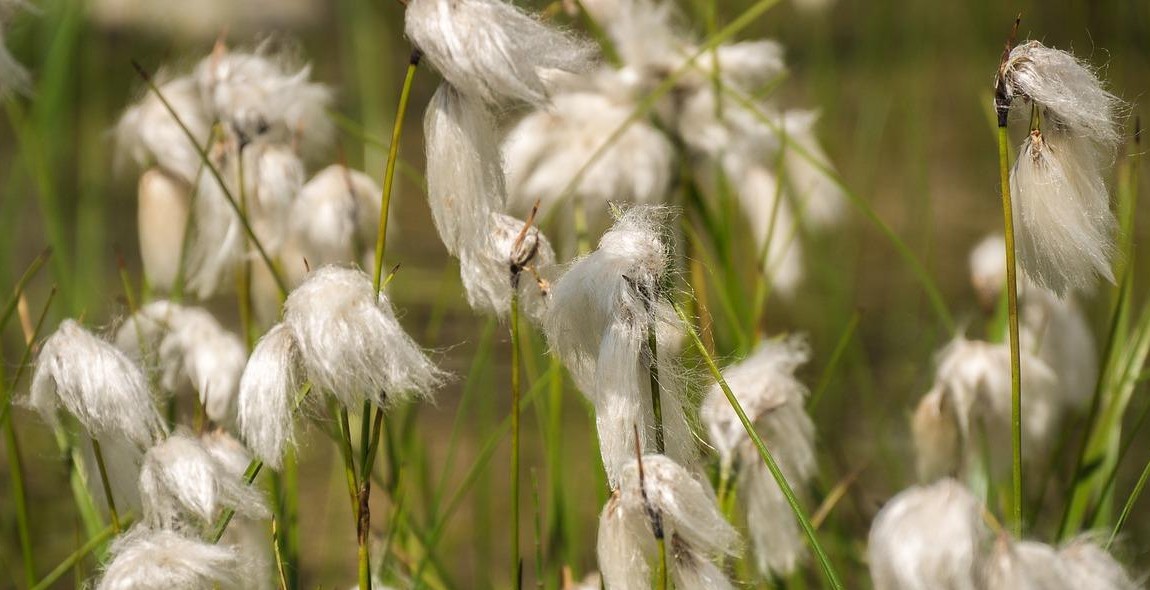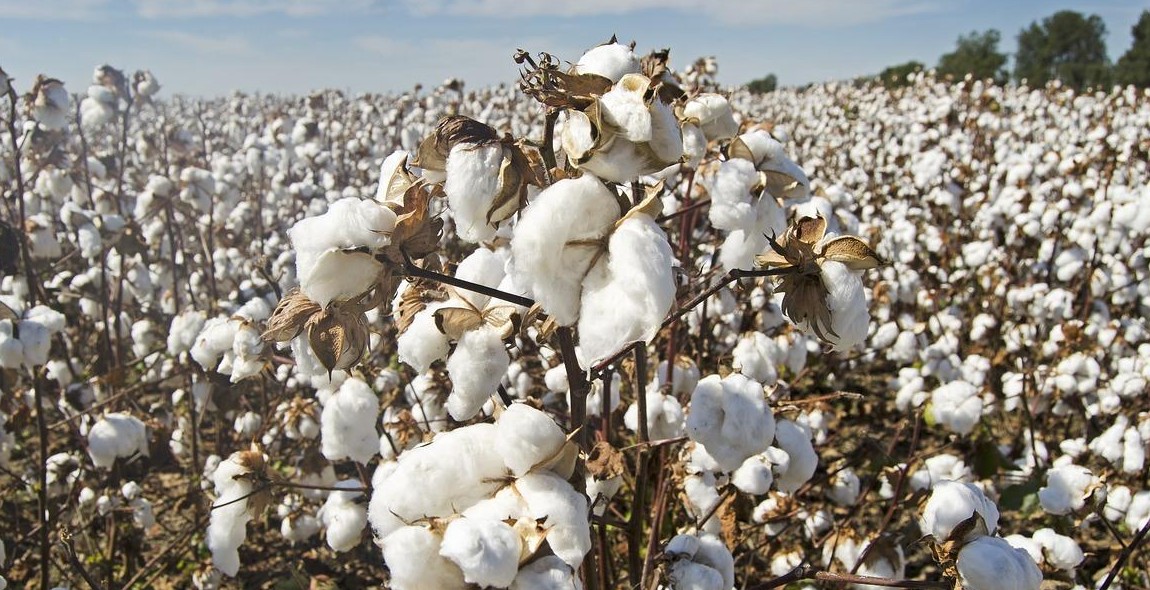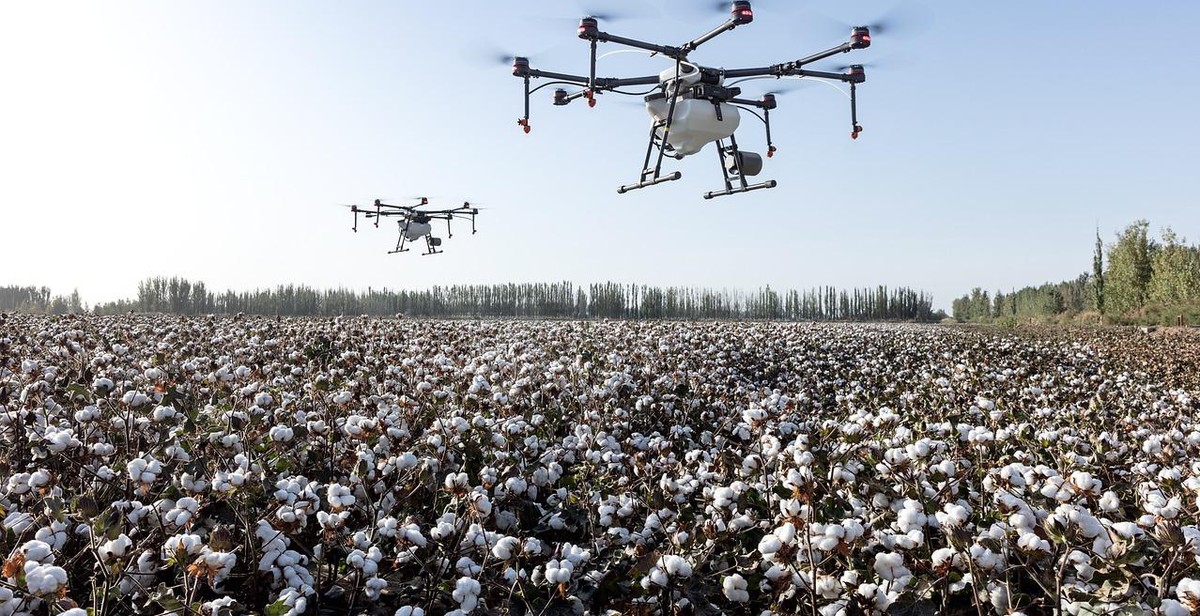How to Start a Cotton Farm: Essential Steps for Successful Cotton Cultivation
As a professional farmer with years of experience, I can attest to the fact that cotton farming is a lucrative and rewarding venture. However, starting a cotton farm can be a daunting task, especially for beginners. There are several critical steps that must be taken to ensure a successful cotton cultivation process.
My Personal Experience with Cotton Farming
My journey with cotton farming started about a decade ago, and since then, I have learned a lot from my experiences. I have had my fair share of successes and failures, but I have always kept an open mind and embraced new ideas and techniques to improve my cotton farming skills.
Over the years, I have come to appreciate the importance of proper planning, soil preparation, seed selection, and pest management in cotton farming. These factors are crucial in determining the success of any cotton farming venture.
In this comprehensive guide, I will share with you the essential steps that you need to take to start a successful cotton farm. Whether you are a beginner or an experienced farmer, this guide will provide you with valuable insights to help you achieve your cotton farming goals.
Step 1: Research and Planning
Starting a cotton farm requires careful research and planning to ensure successful cultivation. Before you begin, it’s important to consider the following factors:
Choosing the Right Location for Your Cotton Farm
The location of your cotton farm plays a crucial role in determining the success of your crop. Cotton requires a lot of sunlight and warm temperatures to grow, so it’s important to choose a location that offers plenty of both. Additionally, cotton needs well-draining soil, so it’s important to choose a location that has a good drainage system.
When choosing a location for your cotton farm, consider factors such as proximity to water sources, access to transportation, and availability of labor.
Understanding the Climate and Soil Conditions
Cotton is a warm-season crop that requires a long growing season. Before you begin planting, it’s important to understand the climate and soil conditions in your chosen location. Cotton grows best in areas with a long, hot summer and moderate rainfall.
It’s also important to test the soil in your chosen location to ensure that it’s suitable for cotton cultivation. Cotton requires well-draining, loamy soil with a pH between 5.5 and 7.5.
Determining the Best Time to Plant Cotton
The best time to plant cotton varies depending on your location and climate. In general, cotton should be planted when the soil temperature is above 60°F and there is no danger of frost. In most areas, this means planting between April and June.
When determining the best time to plant cotton, it’s important to consider factors such as the length of the growing season, the potential for extreme weather events, and the availability of labor.
- Choose a location with plenty of sunlight and warm temperatures
- Ensure the soil has good drainage
- Test the soil to ensure it’s suitable for cotton cultivation
- Plant cotton when the soil temperature is above 60°F and there is no danger of frost
Step 2: Preparing the Land
Before planting cotton, it is important to properly prepare the land. This involves several tasks which include clearing the land and removing debris, tilling and fertilizing the soil, and installing irrigation and drainage systems. Here is a breakdown of each task:
Clearing the Land and Removing Debris
The first step in preparing the land is to clear it of any debris such as rocks, stumps, and other obstructions. This can be done using heavy machinery such as bulldozers or excavators. Once the land is cleared, it is important to remove any remaining debris such as weeds, roots, and other unwanted materials. This can be done manually or with the use of herbicides.
Tilling and Fertilizing the Soil
After clearing the land, the soil needs to be tilled to a depth of about 6-8 inches. This helps to loosen the soil and create a suitable environment for the cotton plants to grow. Additionally, it is important to fertilize the soil with the appropriate nutrients. A soil test can be conducted to determine the right type and amount of fertilizer needed for the soil.
Irrigation and Drainage Systems
Finally, irrigation and drainage systems must be installed to ensure proper water management. Cotton requires a consistent supply of water to grow properly, but too much water can lead to disease and other issues. A well-designed irrigation system will help to provide the right amount of water to the plants while also preventing waterlogging. Drainage systems are also important to prevent water buildup and soil erosion.
| Task | Tools Needed |
|---|---|
| Clearing the Land and Removing Debris | Bulldozers, excavators, herbicides |
| Tilling and Fertilizing the Soil | Tractors, plows, soil test kits, fertilizers |
| Irrigation and Drainage Systems | Irrigation pipes, sprinklers, drainage pipes |
Properly preparing the land is crucial for a successful cotton farm. By clearing the land, tilling and fertilizing the soil, and installing irrigation and drainage systems, you will create a suitable environment for your cotton plants to thrive.

Step 3: Selecting and Planting Cotton Seeds
Once you have prepared your cotton field, it’s time to select and plant your cotton seeds. Here are some essential steps to follow:
Choosing the Right Cotton Variety
There are many different varieties of cotton, each with its own unique characteristics and requirements. It’s important to choose the right variety for your specific climate, soil type, and farming practices. Some popular cotton varieties include:
- Upland cotton
- Pima cotton
- Organic cotton
- Drought-tolerant cotton
Consult with a local agricultural expert or seed supplier to determine the best cotton variety for your farm.
Seed Selection and Preparation
When selecting cotton seeds, choose high-quality seeds that are disease-free and genetically pure. You can purchase seeds from a reputable supplier or save seeds from your own cotton crop. Before planting, treat the seeds with a fungicide to prevent disease and improve germination rates.
Planting Techniques and Best Practices
Planting cotton seeds requires careful planning and execution. Here are some best practices to follow:
- Plant cotton seeds when soil temperatures reach at least 60°F.
- Plant seeds at a depth of 1-2 inches.
- Space seeds 6-8 inches apart in rows that are 30-40 inches apart.
- Use a planter that can precisely space and plant seeds at the correct depth.
- Water the seeds immediately after planting to promote germination.
| Planting Tips | Benefits |
|---|---|
| Plant in well-drained soil | Prevents waterlogging and root rot |
| Plant in full sun | Maximizes photosynthesis and crop yield |
| Rotate crops | Prevents soil depletion and disease buildup |
By following these steps, you can ensure that your cotton seeds are planted correctly and have the best chance of growing into healthy, productive cotton plants.

Step 4: Managing Your Cotton Crop
Managing your cotton crop involves several crucial steps to ensure a successful harvest. The following are essential practices that you should incorporate into your cotton farming process:
Pest and Disease Control
Pests and diseases can cause significant damage to your cotton crop, leading to a reduced yield or even complete loss. To prevent this, you should regularly inspect your crop for signs of infestation or disease and take appropriate action promptly. Use of insecticides and fungicides can help control pests and diseases, but it’s essential to follow the manufacturer’s instructions and apply them correctly to avoid harming the crop or the environment.
Fertilization and Irrigation Management
Proper fertilization and irrigation management are crucial for cotton growth and development. You should apply the right amount of nutrients and water at the appropriate time to ensure healthy plant growth and maximum yield. Conduct soil tests to determine the soil’s nutrient content and pH levels, and adjust your fertilization program accordingly. Similarly, monitor your crop’s water requirements and irrigate as needed to avoid under or over-watering.
Weed Control
Weed control is essential for successful cotton cultivation. Weeds compete with cotton for nutrients and water, and if left unchecked, they can significantly reduce crop yield. You can control weeds through mechanical or chemical means, depending on your preference, but it’s crucial to follow the guidelines to avoid damaging the crop or soil.
Crop Rotation
Crop rotation is a beneficial practice that involves growing different crops in the same field over time. It helps prevent soil depletion and reduces the risk of pests and diseases. When rotating your cotton crop, choose crops that complement cotton, such as legumes, and avoid planting the same crop in the same field repeatedly.
By implementing these management practices, you can help ensure a successful cotton harvest and maximize your crop yield.

Step 5: Harvesting and Processing Your Cotton
After months of hard work, it’s finally time to harvest your cotton crop. Determining the right time to harvest is crucial for a successful harvest and high-quality cotton.
Determining the Right Time to Harvest
The right time to harvest your cotton is when the bolls have opened and the cotton is fluffy and white. To determine if your cotton is ready, you can perform the squeeze test. Squeeze a handful of cotton and if it springs back, it’s not ready yet. If it stays compressed, it’s ready for harvest.
Harvesting Techniques and Equipment
There are two main harvesting techniques for cotton: hand-picking and machine picking. Hand-picking is more labor-intensive but results in higher quality cotton. Machine picking is faster but can damage the cotton fibers.
For machine picking, you will need a cotton picker or stripper. A cotton picker is used for harvesting mature cotton while a cotton stripper is used for harvesting unopened bolls. For hand-picking, you will need a team of workers and baskets to collect the cotton.
Processing and Marketing Your Cotton
Once your cotton is harvested, it needs to be processed to remove the seeds and debris. This is done using a cotton gin. The cotton is then baled and sent to market.
Marketing your cotton can be done through a cotton broker or a cotton marketing cooperative. It’s important to research and compare prices to get the best deal for your cotton.
| Technique | Advantages | Disadvantages |
|---|---|---|
| Hand-picking | Higher quality cotton | Labor-intensive |
| Machine picking | Faster | Can damage cotton fibers |

Conclusion
Starting a cotton farm requires hard work, dedication, and knowledge about the crop. Following the essential steps for successful cotton cultivation is crucial for a profitable harvest.
Before starting a cotton farm, it is important to conduct thorough research on the crop and the market demand. Choosing the right location, preparing the soil, selecting the appropriate cotton variety, and implementing pest and weed control measures are all critical steps in cotton cultivation.
Investing in modern farming technologies and equipment, as well as adopting sustainable farming practices, can greatly enhance the productivity and profitability of a cotton farm.
Moreover, building strong relationships with cotton buyers and staying up-to-date with the latest market trends and regulations can help farmers maximize their profits.
Starting a cotton farm can be a challenging but rewarding experience. By following the essential steps for successful cotton cultivation and staying informed about the latest farming practices and market trends, cotton farmers can achieve long-term success in the industry.
So go ahead and take the first step towards starting your own cotton farm, and enjoy the journey of becoming a successful cotton farmer!
